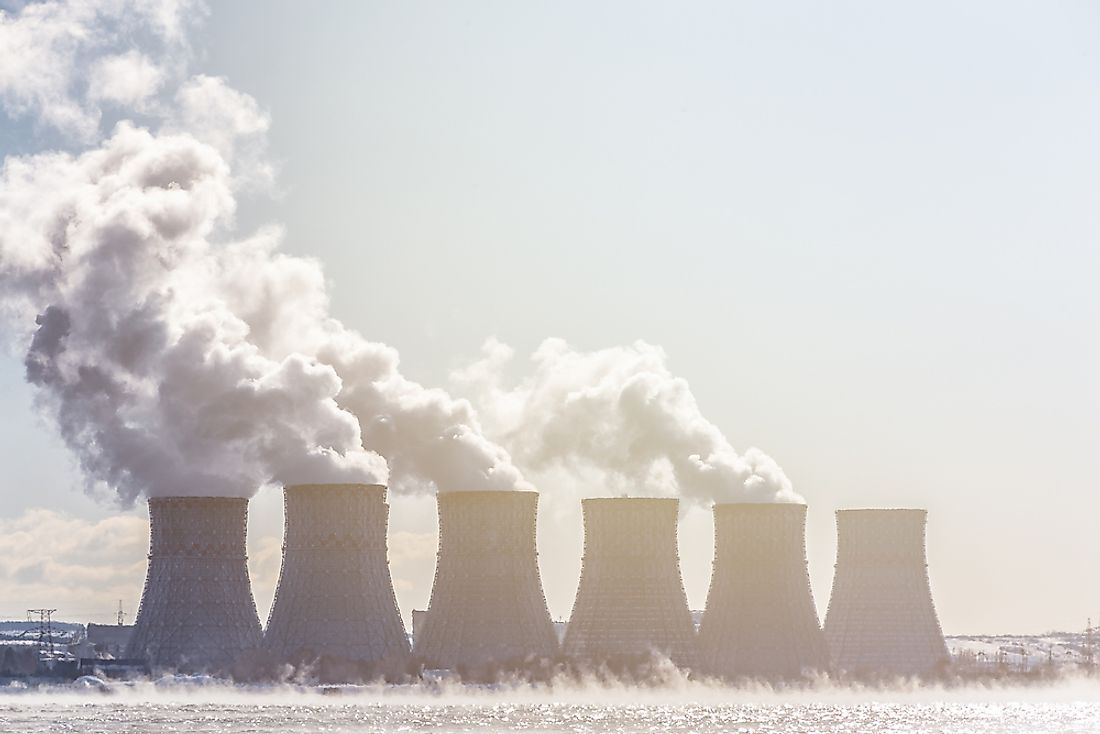The Goiânia Radioactivity Accident Of 1987

On September 13th, 1987 a radioactive contamination accident took place in Goiânia, Goiás, Brazil. The accident occurred after an old radiotherapy source was stolen from an abandoned hospital site. The incident resulted in four deaths, and 249 people who were found to carry high levels of radioactive material. The testing of an additional 112,000 people was required. The demolition of several houses was also required and soil from a number of sites was tested for radioactive material. All possessions retrieved from the houses were also tested for the radioactive matter. The Goiânia accident was identified as one of the worst nuclear disasters in the world by the Time magazine while the International Atomic Energy Agency named it one of the worst radiological incidents in the world.
The Radioactive Source
The radiotherapy source responsible for the Goiânia accident was a small capsule which was approximately 93 grams of cesium chloride, a highly radioactive material. It most likely had been used for radiation therapy at the abandoned Goiânia Hospital.
The Events That Led To The Accident
The Institute Goiano de Radioterapia (IGR) moved locations in 1985 and left behind a teletherapy unit in the process. Four months prior the theft of the radioactive source, one of the IGR owners by the name Carlos Figueredo had gone to the site to retrieve the remaining object when he was denied entry by the police. Carlos warned Lício Teixeira Borges, the president of the Ipsago, the Institute of insurance and civil servants that he would not take responsibility of what would happen with the dangerous cesium bomb.
The Radioactive Source Is Stolen
Roberto dos Santos Alves together with Wagner Mota Periera, taking advantage of the absence of a security guard, illegally entered the abandoned facility on September 13, 1987. The two partially disassembled the teletherapy unit placing the source in a wheelbarrow and taking it the Alves’s home. With the assumption that the radioactive source had value they dismantled the source without knowing the risk of exposure. Soon after dismantling the device the two started experiencing diarrhea and vomiting symptoms which worsened to a point where Periera's hand became swollen and had to be partially amputated. Periera continued to dismantle the device which further exposed him to the radioactive material which resulted in his right foreman needing amputation.
The Spread of Radioactive Material
Following the dismantling of the radioactive device, AIves sold the items to a nearby scrapyard on September 18th, 1987. Mr. Ferreira also assumed the radioactive capsule was valuable since the device had a punctured hole that illuminated a blue glow from inside the capsule. The device was brought into the home of Mr. Ferreira where he invited his friends and family to view the glowing capsule. It began to become clear that several people were falling ill at the same time. Once news of the source of the illness reached authorities and the media, many swarmed hospitals by the thousands with fear that that had been exposed.
The Aftermath Of The Disaster
The incident led to fours death including Mr. Ferreira's six-year-old daughter and 37-year-old wife and two employees who worked in the scrapyard. Mr. Ferreira who survived the ordeal later succumbed to cirrhosis and died in 1994 following a history of depression and excessive alcohol consumption.







